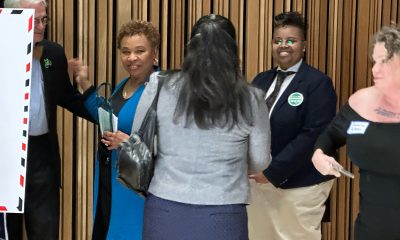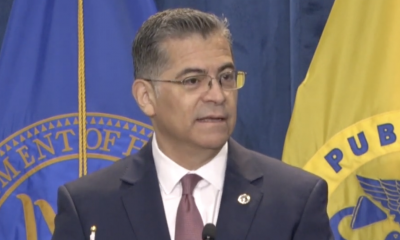Health
Living with diabetes
Focus on diet, exercise and a positive attitude
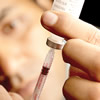
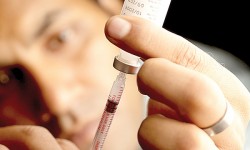
Taking your insulin is just part of managing diabetes. It can be just as important to exercise and eat right.
November is National Diabetes Month and a good time to reflect on how diabetes impacts our lives and what can be done about it. My good friend Leonid Frolov has had first-hand experience with this disease and this week he is my guest columnist writing about his insights and experiences with diabetes. He wrote the following:
I am sure most of us have noticed at least one person at a party who would stay away from anything sweet while everyone else is indulging in what ultimately appeals to one of our deadly sins. Well, it does not have to be sinful but it can certainly be deadly for some.
According to the U.S. Department of Health and Human Services, there are 25.8 million people in the United States, or 8.3 percent of the population, who have diabetes. Diabetes can lead to glaucoma, cataracts, neuropathy, skin infections, a number of heart diseases, high blood pressure, depression and nerve damage to name a few.
Most of us may know there is type-1 and type-2 diabetes.
Type-1 diabetes is usually diagnosed in children and young adults, and was previously known as juvenile diabetes. In type-1 diabetes, the body does not produce insulin, which ultimately is the energy source necessary for our body.
Type-2 diabetes occurs when the body doesn’t produce enough insulin or it “ignores” insulin and it is not transformed into energy.
There is still no cure for diabetes. Even in the medical community there doesn’t seem to be a consensus about management and treatment of diabetes, especially type-1. A friend of mine who has been living with type-1 diabetes for many years admitted that one of the biggest problems for him has been lack of understanding of the disease in the medical community. He’s done some rigorous research himself, which allows him to recognize doctors who base their approach on treatment of diabetes from the most advanced research results.
But a lot can be done to manage the disease and even to prevent the onset of type-2 diabetes. Self-management is the term to describe a healthy lifestyle, which includes exercising, watching one’s weight, proper diet, keeping a balance in one’s life and keeping stress under control. Each of us can make a choice — to succumb to the disease or to put a reign on it and continue living life to the fullest. Both are possible, and the choice is ours and ours only.
“Full engagement with life” is something that we all want. Diabetes is no reason to disengage. Living with diabetes can be tough but with proper care it can be a footnote in your life’s story.
My dad got hit hard by diabetes in his 70s. With his zest for life and family support he managed to live his life the way he wanted. He painted his last painting when his vision was almost gone and he had to use a magnifying glass to see the details on the canvas. But his love for his hobby was all he needed to create yet another memorable piece of art.
Stay with those who ignite your energy, have a positive outlook on life. Stay on track with your daily commitments to yourself in your self-management.
Diabetes touches our lives more often than we might be aware of. It happens in countless variety of forms. We can’t deny the importance of understanding diabetes and what it entails on the part of everyone.
Buddha’s quote has a lot of wisdom in it: “Every human being is the author of his own health or disease.”
To find out more about diabetes prevention and treatment visit diabetes.org.
Health
UNAIDS to commemorate Zero Discrimination Day’s 10th anniversary
UN agency urges global action to protect human rights

As the world marks the 10th anniversary of Zero Discrimination Day; UNAIDS is sounding the alarm on the increasing threats to human rights, calling for renewed efforts to protect the rights of all individuals as a fundamental step towards ensuring health for everyone.
Established by UNAIDS a decade ago, Zero Discrimination Day aims to promote equality and fairness regardless of gender, age, sexuality, ethnicity or HIV status. The progress achieved over the past years is now in jeopardy, however, due to rising attacks on the rights of women, LGBTQ people and other marginalized communities.
UNAIDS Executive Director Winnie Byanyima emphasized the critical link between protecting human rights and safeguarding public health.
“The attacks on rights are a threat to freedom and democracy and are harmful to health,” she said in a press release. “Stigma and discrimination obstruct HIV prevention, testing, treatment and care and hold back progress towards ending AIDS by 2030. It is only by protecting everyone’s rights that we can protect everyone’s health.”
Despite challenges, there has been notable progress.
At the onset of the AIDS pandemic more than 40 years ago, two-thirds of countries criminalized consensual same-sex sexual relations. They are now decriminalized in two-thirds of countries. An additional 38 countries around the world have pledged to end HIV-related stigma and discrimination, contributing to positive changes that include 50 million more girls attending school compared to 2015.
To sustain and enhance these advancements; UNAIDS urges global support for women’s rights movements, LGBTQ rights, racial justice, economic justice, climate justice and peace initiatives. By standing with communities advocating for their rights, the U.N. aims to reinforce the collective effort towards a more inclusive and equitable world.
Zero Discrimination Day is observed on March 1.
Events and activities that will take place around the world throughout the month will serve as reminders of the essential lesson and call to action: Protecting everyone’s health is synonymous with protecting everyone’s rights.
“Through upholding rights for all, we will be able to achieve the Sustainable Development Goals and secure a safer, fairer, kinder and happier world — for everyone,” said Byanyima.
Health
New CDC report finds transgender women at higher risk for HIV
More than 1,600 people in seven cities surveyed
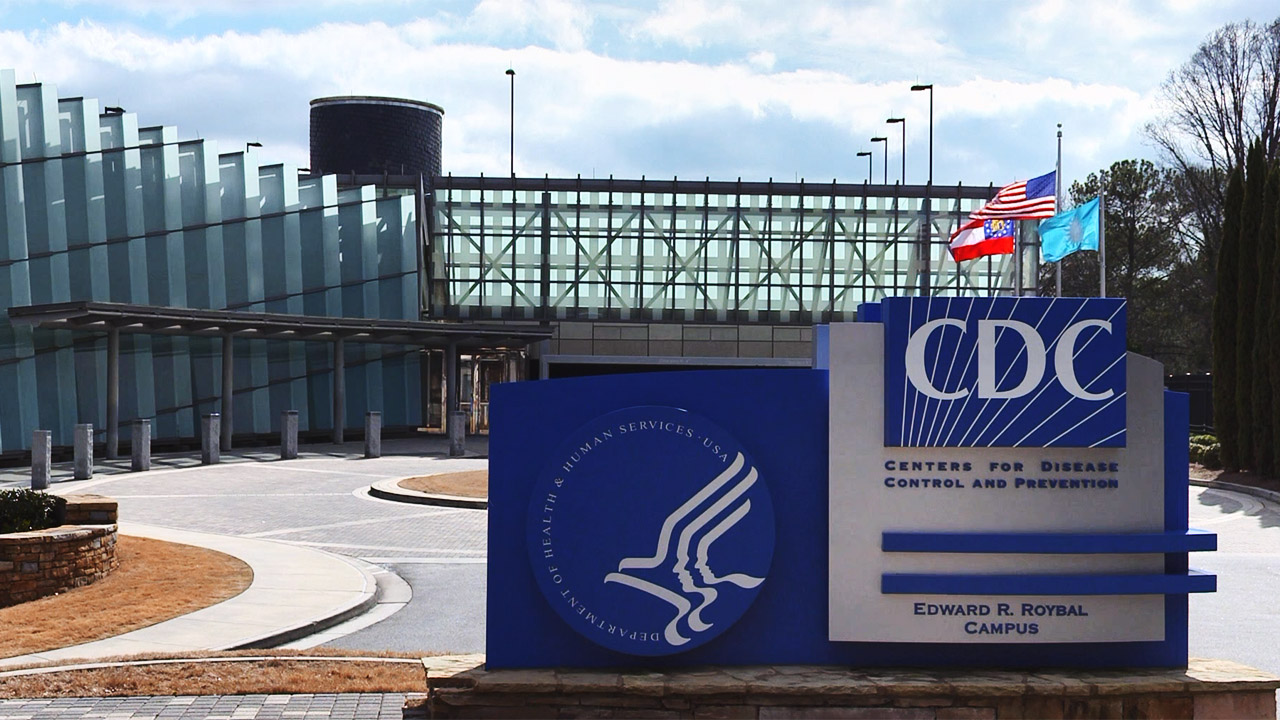
The Centers for Disease Control and Prevention issued a new study report this week that revealed that restricted by employment and housing discrimination and lack of access to needed gender-affirming healthcare for transgender women increasing the risk of contracting HIV.
Researchers reviewed data from a 2019-2020 survey, the National HIV Behavioral Surveillance Among Transgender Women, which found that the demographics of HIV/AIDS have been disproportionally high, especially among Black and Latina trans women, who had experienced employment and housing discrimination coupled with lack of access to gender-affirming healthcare.
The Jan. 25 Morbidity and Mortality Weekly Report was based on data studies of more than 1,600 trans women in seven major urban locales. Participants from Atlanta, Los Angeles, New Orleans, New York, Philadelphia, San Francisco and Seattle were chosen by referrals from people and community-based organizations who knew or were part of the local population of trans women.
The study’s researchers noted: “Employment discrimination occurs at the overlapping nexus of poverty, homelessness, incarceration, health insurance, disability, food insecurity and survival sex work. These issues are interconnected.”
The study stated that trans women’s inability to access quality healthcare, including gender-affirming treatment or access to PrEP, and can expose them to potential incarceration as many turn to “survival sex work” and violence, which increases the risk of contracting HIV.
The study’s author’s pointed out: “When economically marginalized transgender women are refused employment, this refusal cyclically contributes to economic hardships. This analysis …demonstrates the importance of transgender women working and living with dignity and without fear of unfair treatment.”
Health
A Whole New Perspective on Well-Being
The Mather’s team recognizes that everyone’s wellness journey is completely unique to their life experiences and influences.

It’s easy to spot the distinctive, elegant silhouette of The Mather, a Life Plan Community for those 62+ opening this spring in Tysons, Virginia. What is not apparent to the naked eye is The Mather’s unique wellness philosophy, which is literally built into the community.
The Mather’s team recognizes that everyone’s wellness journey is completely unique to their life experiences and influences.
Nature is one of the important factors that contribute to well-being. So The Mather is incorporating biophilic design—a design approach to facilitate access to nature or things that replicate natural patterns. This can include interior spaces with sightlines to a garden, choosing natural wood and stone as interior materials, or incorporating fragrant flowers and plants indoors to spark memories and provide tactile opportunities such as gardening.
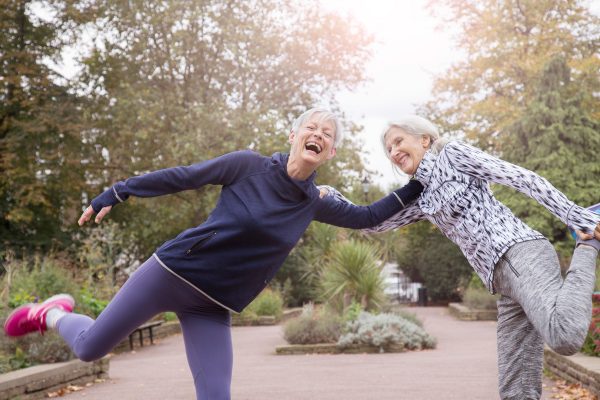
“Providing biophilic design within interior settings connects residents to the natural world,” says Mary Leary, CEO and President of Mather, the organization behind The Mather. “Research shows that a connection to nature provides positive benefits to mental states and overall well-being. At The Mather, biophilic design is the intersection of buildings and programs with nature in an urban setting.”
“The Mather is attracting a diverse group of older adults,” says Mary. “As a result, we aim to incorporate wellness practices from around the world, including Wyda movement theory of the Celtic Druids, which helps people achieve harmony with nature and contentment through mindfulness.” This holistic regenerative approach is similar to Qi Gong and yoga, while born in a different part of the world. Mather Institute has a special focus on mindfulness to support older adults’ practice of present moment awareness, which can lead to increased overall well-being, compassion, and joy.
A very different example of a wellness offering at The Mather is the Gharieni Welnamis spa wave bed, which uses computer-controlled vibrational therapy and audio frequencies to train the brain to relax. “The bed increases mindfulness, concentration, and creativity—all of which support our mission of creating Ways to Age Well,SM” says Mary.
These and other personalized ways to wellness will ensure that residents of The Mather can choose from seemingly countless ways to focus on their well-being. In other words, the sky’s the limit!
-

 Africa4 days ago
Africa4 days agoCongolese lawmaker introduces anti-homosexuality bill
-

 District of Columbia21 hours ago
District of Columbia21 hours agoReenactment of first gay rights picket at White House draws interest of tourists
-

 World4 days ago
World4 days agoOut in the World: LGBTQ news from Europe and Asia
-

 Arizona1 day ago
Arizona1 day agoAriz. governor vetoes anti-transgender, Ten Commandments bill

